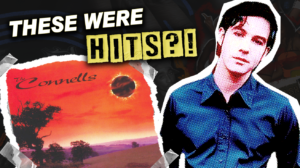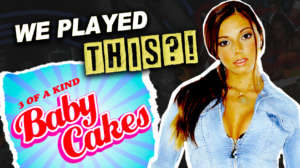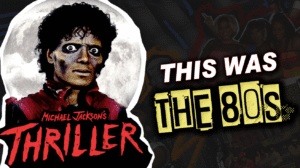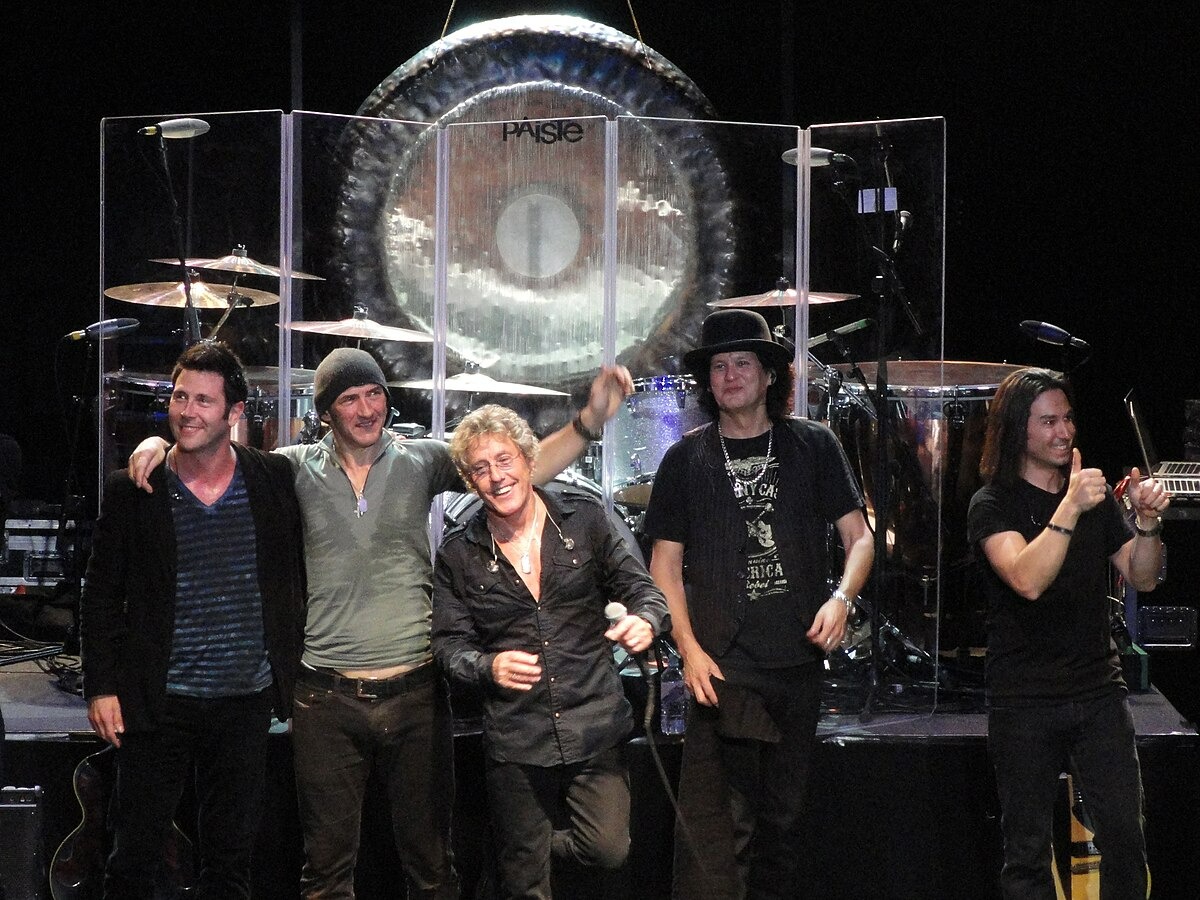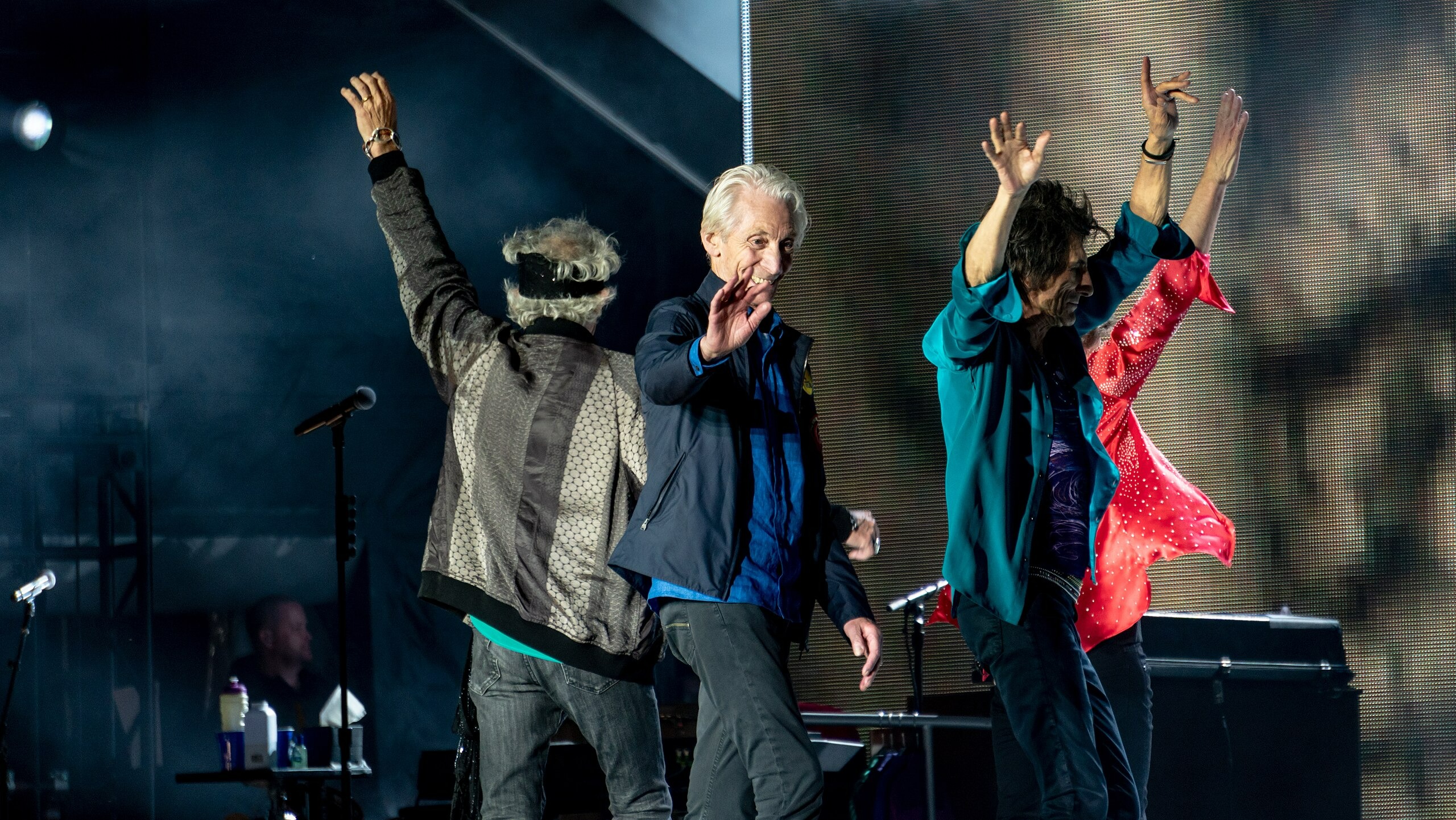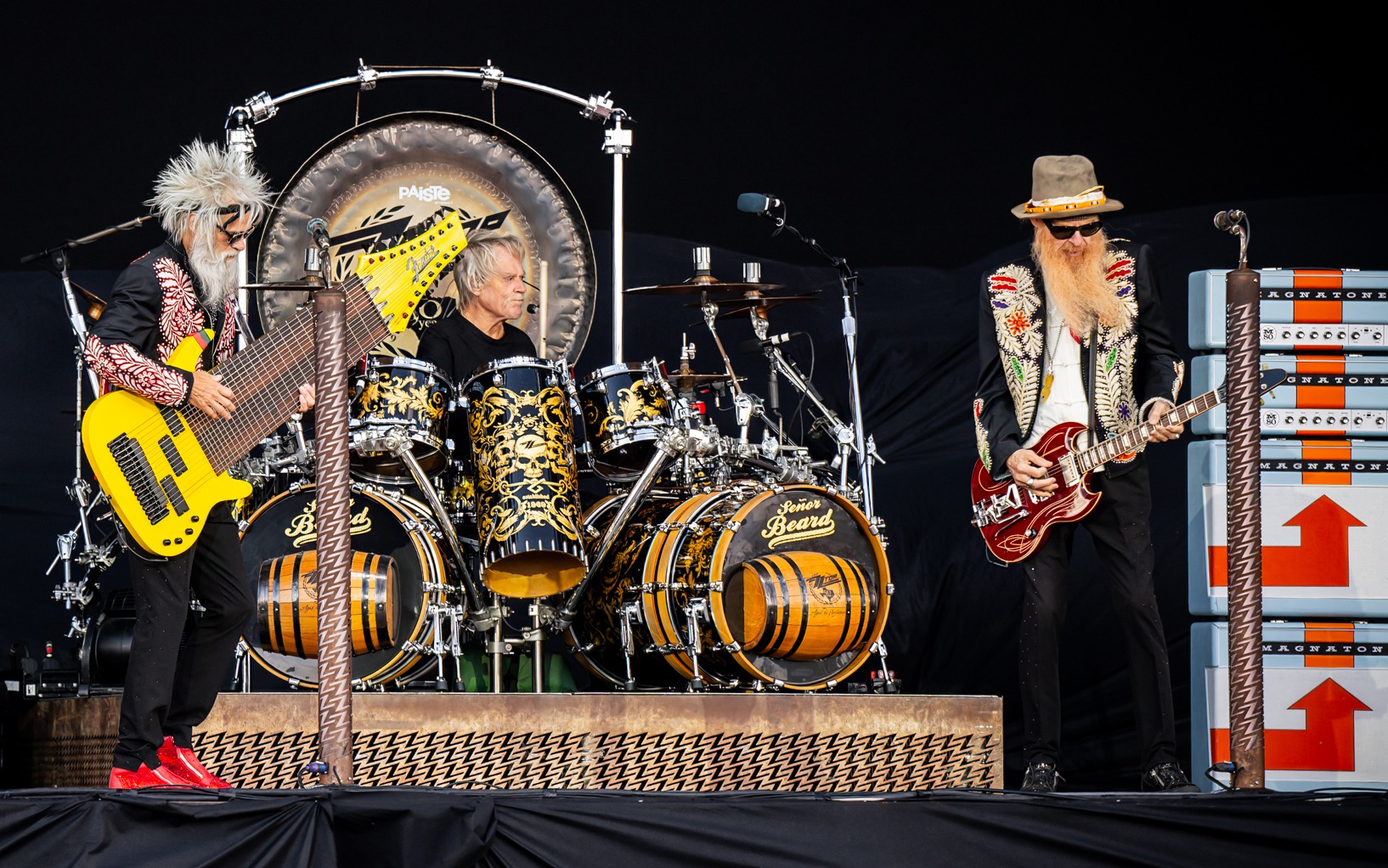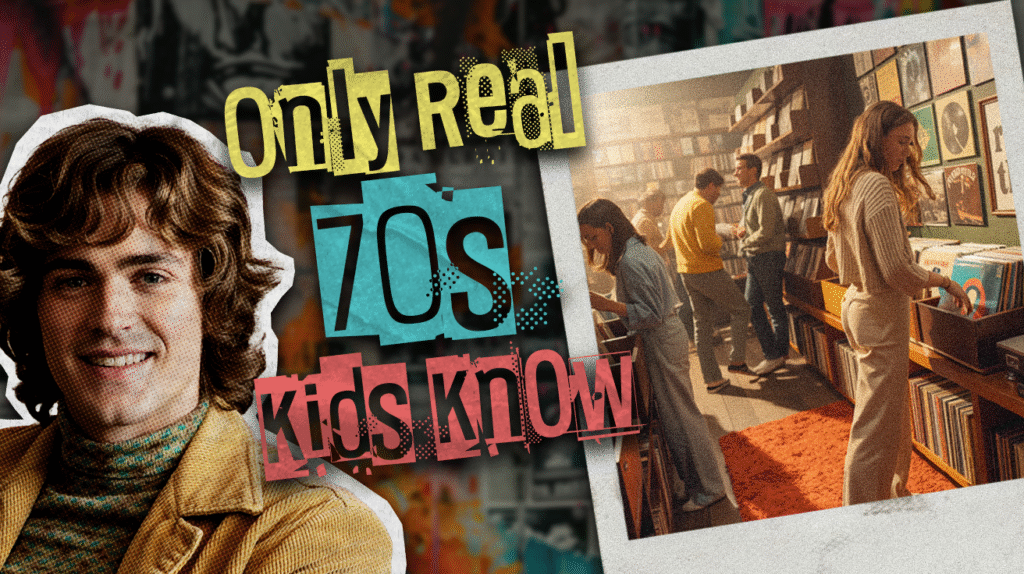
The 1970s grabbed you by the collar and made you participate. Every cultural moment needed presence and patience that today’s instant world has forgotten. TV required scheduling your life around prime time. Music meant real investment. Entertainment was communal by necessity, not choice. This decade bridged analog innocence and digital revolution, creating rituals that shaped how entire generations approached media. The convenience we’ve gained through streaming came at the cost of something irreplaceable—shared anticipation and collective discovery.
7. Four TV Channels
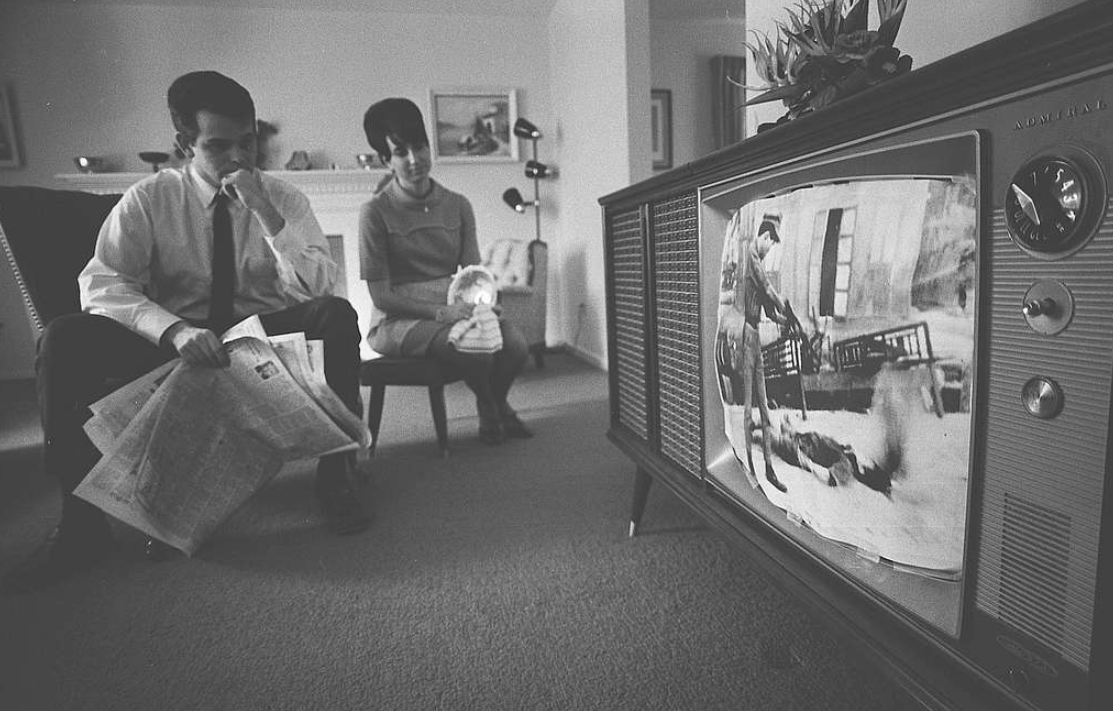
ABC, CBS, NBC, and PBS served as America’s shared cultural foundation. Missing “Happy Days” or “M*A*S*H” meant waiting months for summer reruns while everyone else talked about last night’s episode. TV Guide was essential infrastructure—dog-eared pages marked with highlighters.
No pause button. No rewinding. Popular shows created genuine national moments where millions experienced the same story at once. That collective viewing built cultural touchstones that streaming’s algorithms have shattered into millions of individual bubbles.
6. Different Music Formats
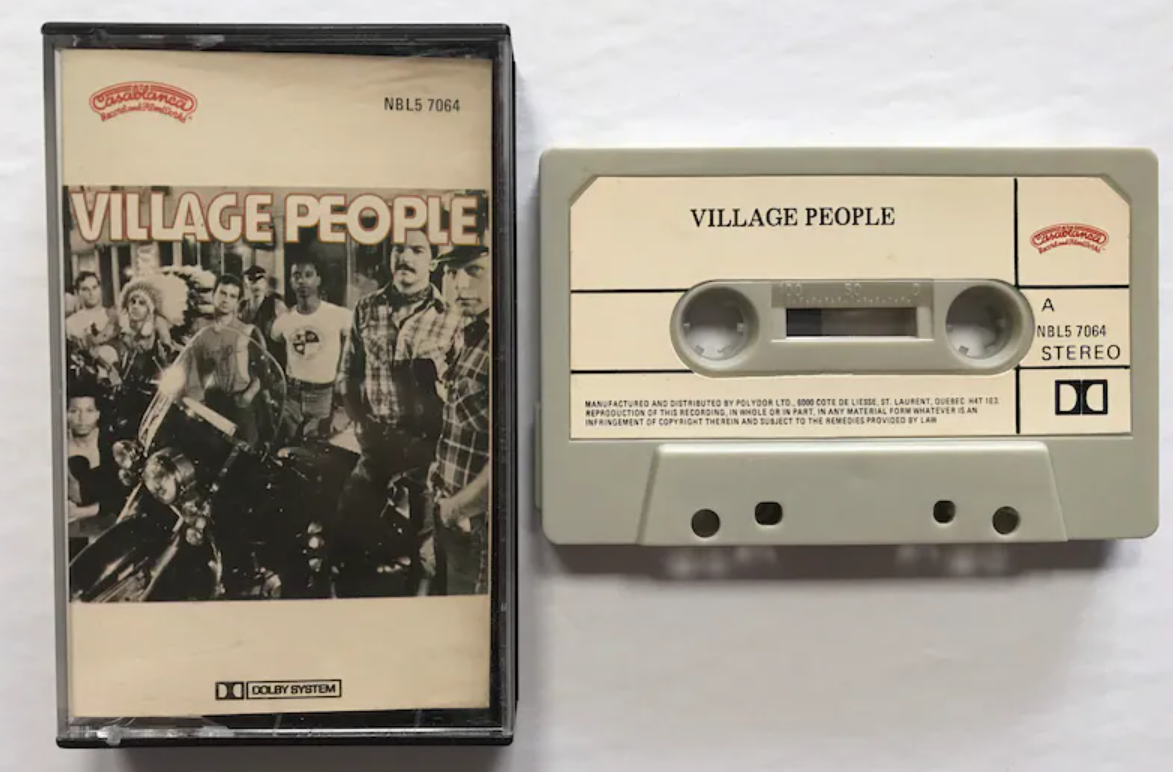
Vinyl albums cost about $7 when minimum wage was $2 per hour, making each purchase a calculated investment rather than a casual streaming click. The formats dictated different experiences: albums for serious sessions, 45s for hit singles, 8-tracks for road trips, cassettes for mixtapes.
Album care was religious ritual—cleaning records with special brushes, storing them in sleeves, handling by edges only. Discovery needed active exploration through friends or radio DJs who became trusted guides.
5. Recording Songs Off the Radio
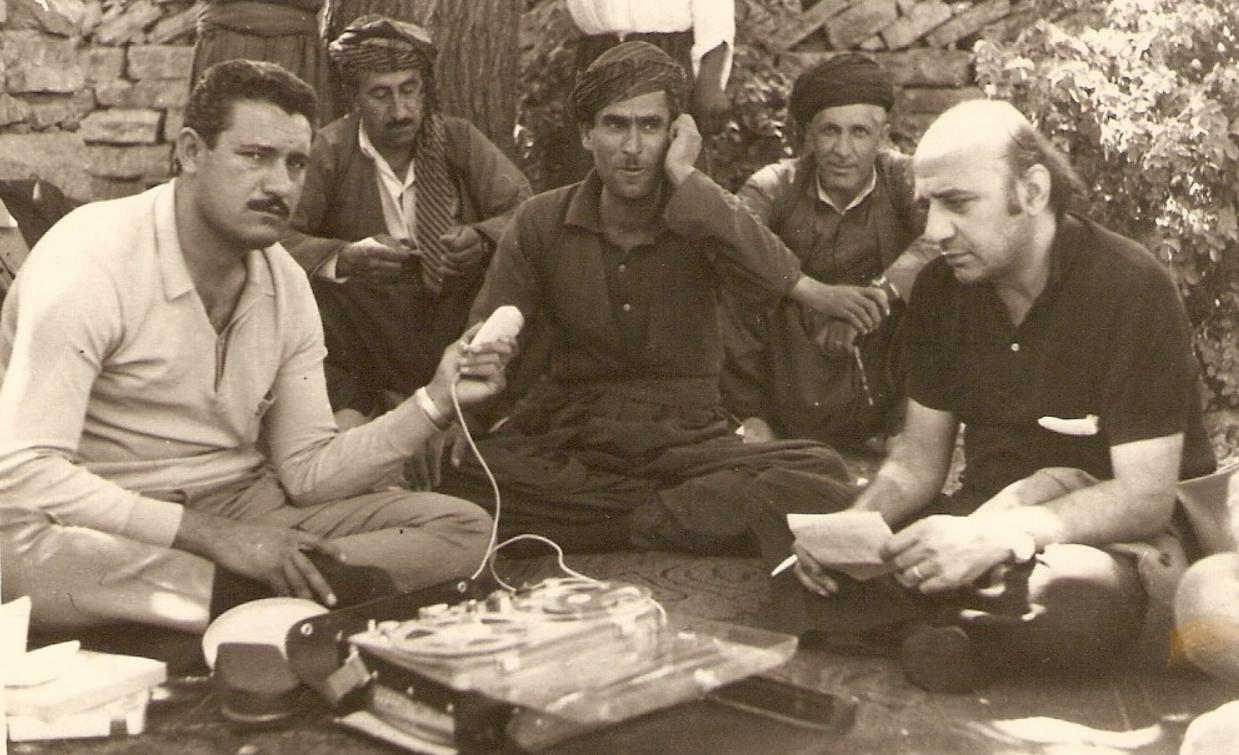
Teenagers performed weekly tech ballet: fingers hovering over cassette buttons, waiting for favorite songs while mentally editing out DJ chatter. This guerrilla recording—technically copyright theft that the industry mostly tolerated—required timing, patience, and luck.
Success meant clean recordings without commercials talking over intros. The resulting mixtapes became personalized soundtracks, often gifted as friendship or romantic tokens. Each cassette meant hours of work with hand-decorated labels that Spotify’s drag-and-drop has made obsolete.
4. Listening Parties
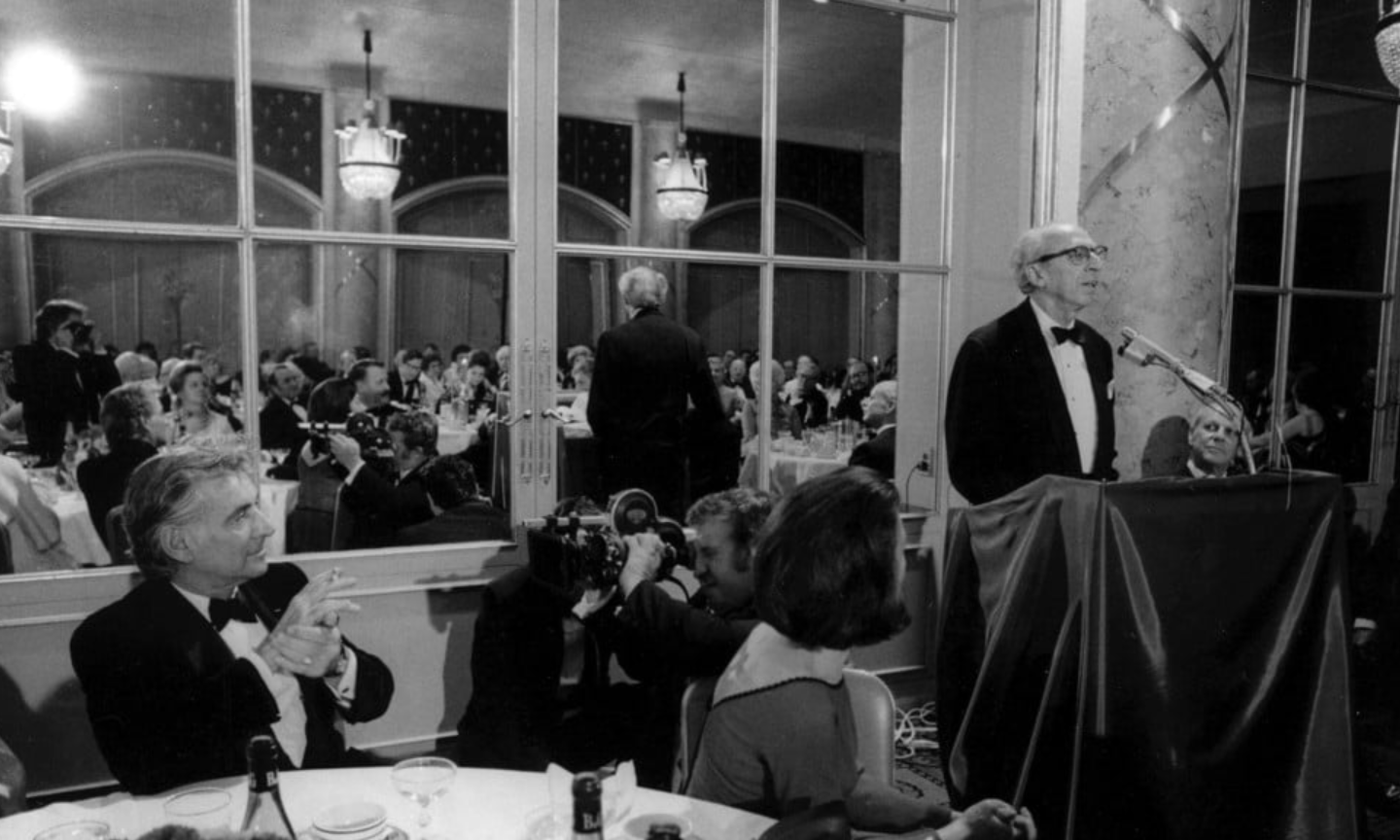
Album releases weren’t product launches—they were cultural events that turned living rooms into communal listening spaces. When Pink Floyd, Led Zeppelin, or Fleetwood Mac dropped new material, friends gathered to experience the album start to finish, analyzing artwork and deciphering lyrics.
These rituals created shared memories around musical discovery that streaming convenience has largely killed. The album format encouraged artistic statements designed for complete listening rather than algorithm-friendly singles—like watching a movie versus scrolling TikTok.
3. Drive-In Theaters
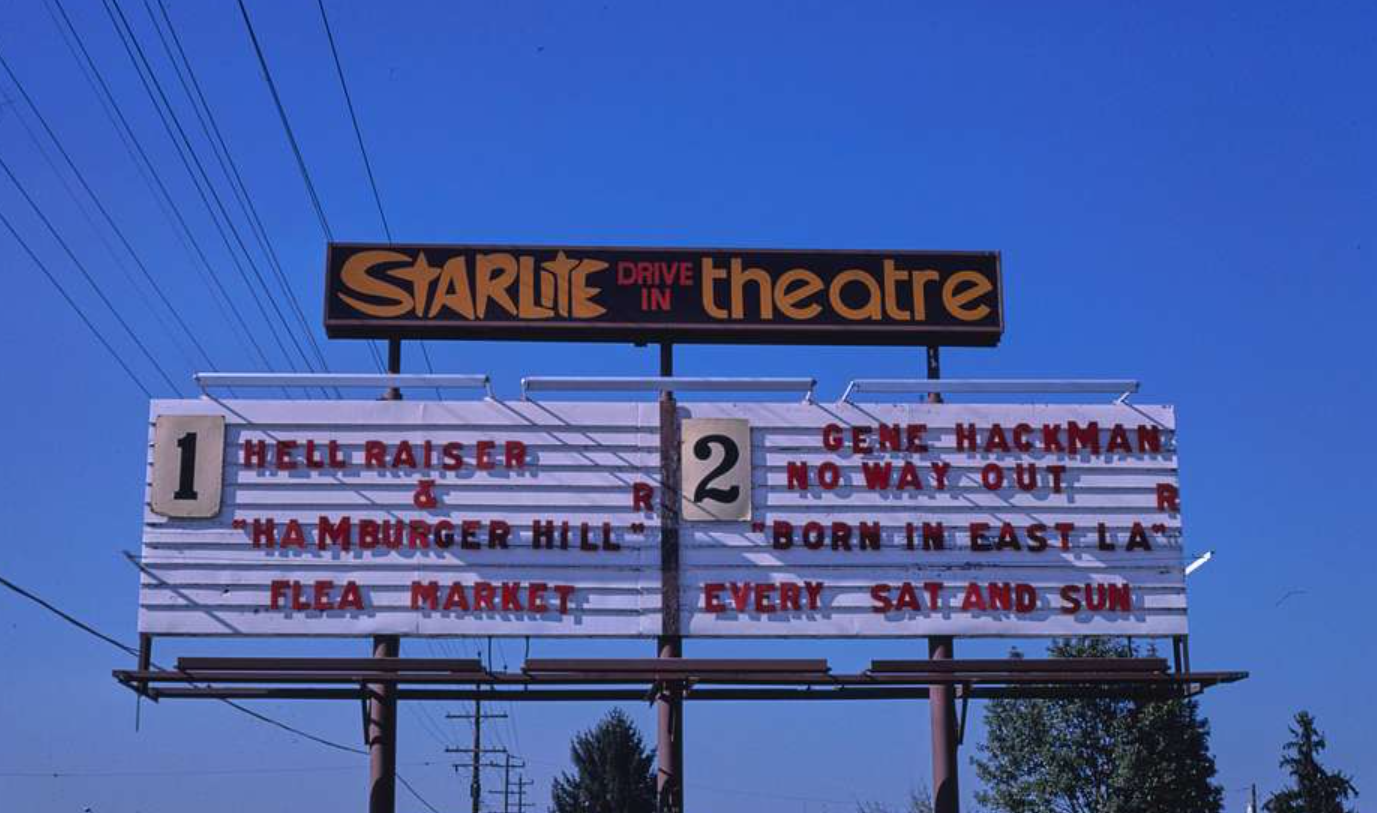
Drive-ins turned parking lots into magical outdoor cinemas where families loaded station wagons with kids in pajamas and homemade popcorn. These asphalt theaters remained cultural landmarks where teenagers found privacy and children played beneath massive screens.
Tinny speakers hooked onto car windows delivered sound quality that would horrify modern audiophiles. Nobody complained—the experience beat technical limits. “Jaws” and “Star Wars” screened under actual stars, creating memories that outlasted the venues.
2. Hanging Out in Record Stores
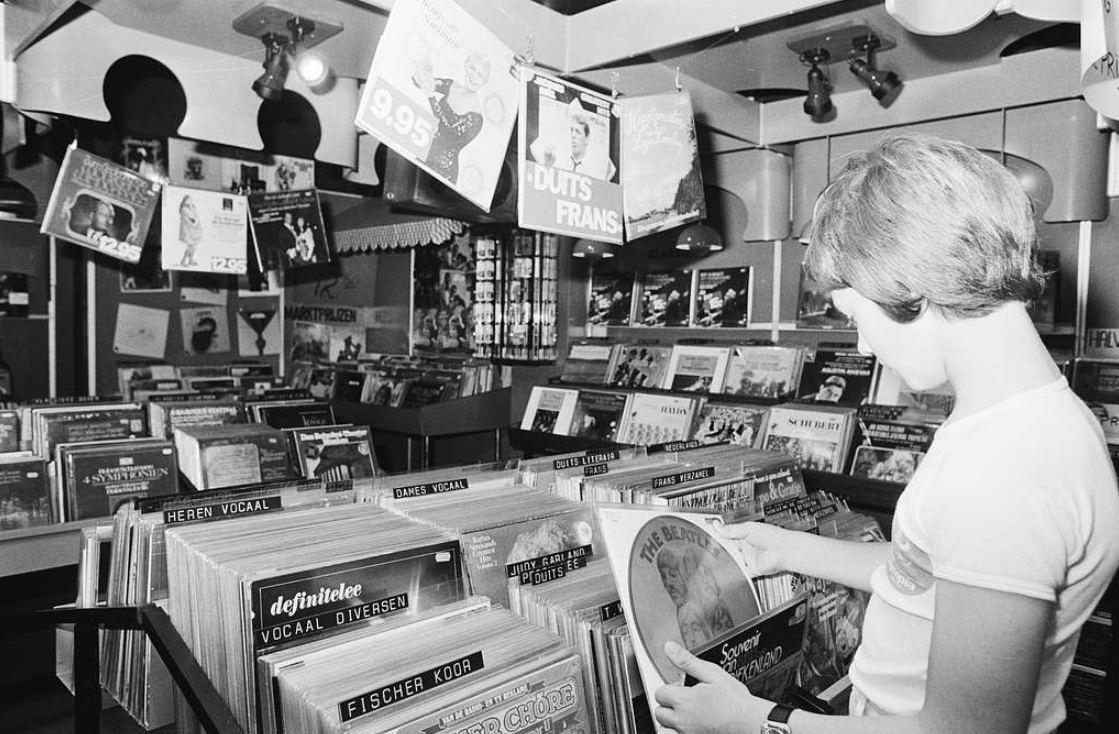
Record stores functioned as cultural community centers where music fans flipped through album covers and absorbed knowledge from clerks with encyclopedic musical minds. These spaces served as social networks where friendships formed around shared interests decades before Facebook groups.
Store employees curated sections and created handwritten recommendation cards that influenced purchases more than any algorithm. Physical browsing encouraged discovery through proximity—you might enter looking for Elton John but leave with Tom Waits because their albums shared shelf space.
1. Giant Console Stereos
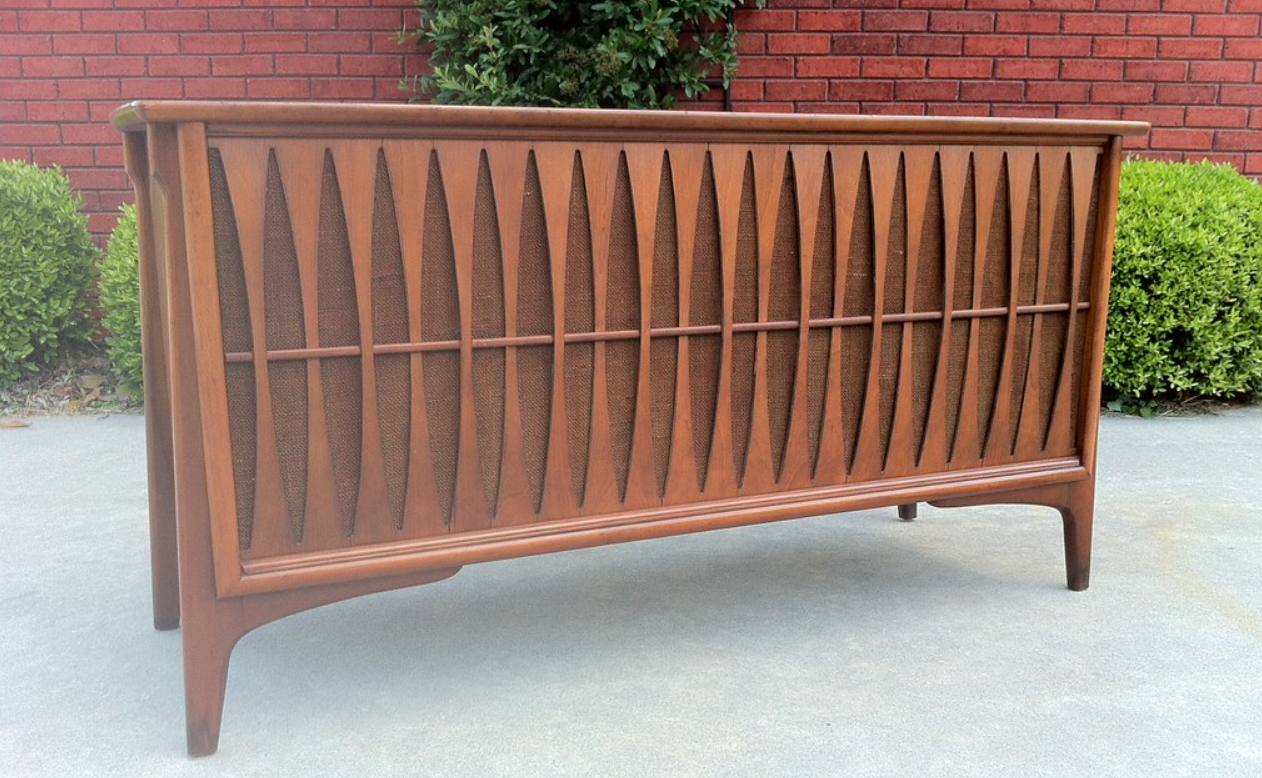
The 1970s living room often featured a wooden stereo console that commanded attention like a technological altar. These massive systems meant significant household investments, purchased through layaway and displayed as status symbols. All-in-one centers housed turntables, radio tuners, 8-track players, and speakers behind fabric grilles.
When components broke, repair shops fixed them rather than households replacing them—creating relationships with local techs who made house calls. These systems delivered warmth that modern audiophiles spend thousands trying to recapture.




